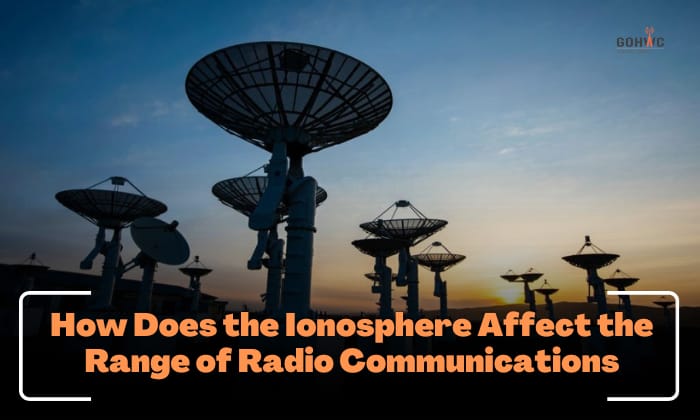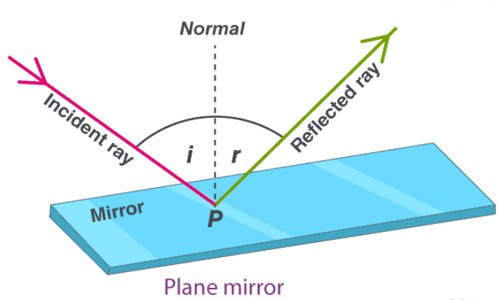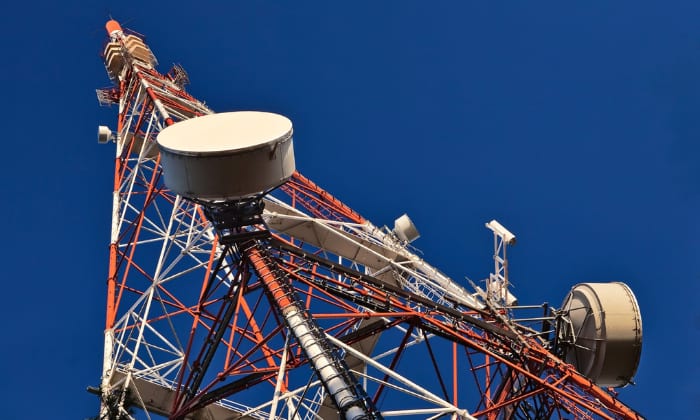The five layers of the Earth’s atmosphere are as follows: troposphere, stratosphere, mesosphere, thermosphere, and exosphere.
The ionosphere is a region that designates ionized particles covering roughly the three upper layers of the Earth’s atmosphere. Its overall altitude extends from 60 to 1,000 kilometers.
In a simple visual analogy, the ionosphere in the atmospheric layers is like the winter snow covering the hilltop, the ridges, and the valleys. Thanks to the ionosphere, humanity discovered and utilized the milestone science of radio communications.
So, how does the ionosphere affect the range of radio communications?” Ionosphere to radio engineers is like wind speed to sailboat pilots.
Contents
How Ionosphere Influences Radio Range
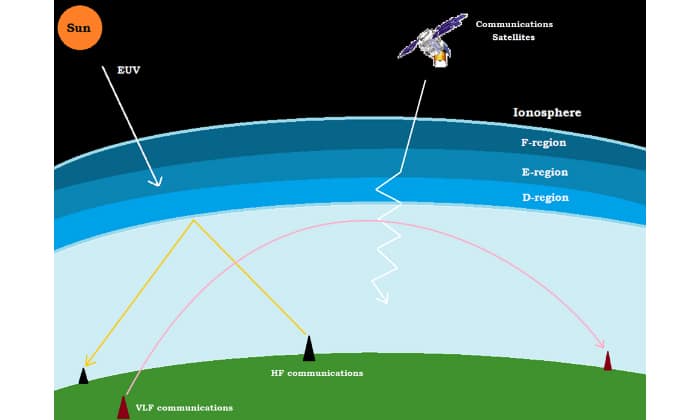
Before going deeper into the scientific analysis, it is prudent for the curious mind to examine the importance of the ionosphere as a concept and a phenomenon.
This begs the question: What is the big deal about it? Better yet, what would happen if there was no ionosphere?
Experts in this field of study would provide nuanced theoretical explanations. However, the simplest conclusion would describe “a world without Northern lights and global telecommunications.”
Derived from the root word ion, the ionosphere is a phenomenon that explains how the sun’s ultraviolet rays activate gases into electrically charged particles. Unlike the constant layers of the atmosphere, the ionosphere expands and shrinks depending on the volume of solar energy being absorbed.
A type of invisible electromagnetic radiation known as radio waves are reflected and contorted (i.e. refracted) within the ionosphere throughout the course of its endless motion.
A significant portion of human history (from the prehistoric age to the late 1800s) is pretty much oblivious to when and how the ionosphere reflects radio signals.
It wasn’t until the early 1900’s when innovators (i.e. Marconi and Braun) found the means to use radio waves as the main vehicle for transmitting sounds and signals across long distances – hence the fundamental principle that forever defines wireless telecommunication.
If there is one important thing to note about the ionosphere and its role in radio communication, it is that nothing about them is static and uniform.
What Affect the Radio Range
Strictly within the domain of the ionosphere’s influence, the range of radio waves would vary according to the following factors:
1. Radio Wave Frequency
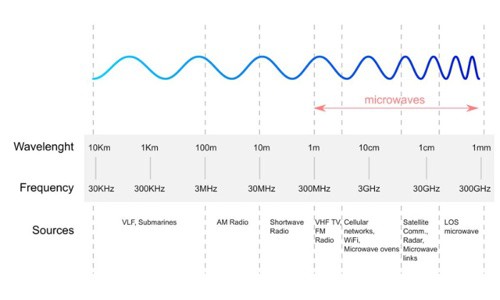
- Low wave frequencies are more prone to being reflected by the ionosphere.
- On the other hand, high wave frequencies tend to pass through the ionosphere, heading further into the deep space.
2. Ionospheric Density
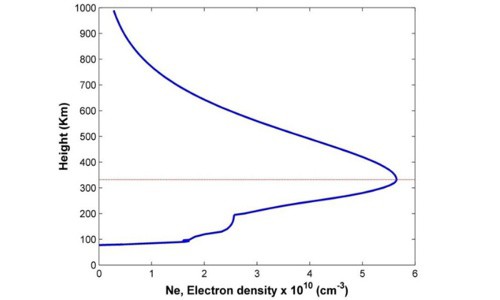
- Radiowave propagation is directly influenced by the quantity of ionized particles occupying the entire capacity of the ionosphere.
- Higher ionospheric density can increase radio waves’ reflection and contortion power, hence also increasing the range of communication.
- The natural elements that determine the ionospheric density include solar activity (i.e., solar flare), the time of the day (i.e., morning, dusk, night), and geographic location (i.e., coast, city, hillside, etc.).
3. Angle of Incidence
- Radio propagation is determined by the trajectory or angle of its impact into the ionosphere.
- If the angle of the radio wave hitting the ionosphere is shallow, it is more prone to being reflected.
- If the angle of the radio wave cutting through the ionosphere is steep, it is more likely to be absorbed or refracted.
How to Improve Radio Range
Radio operators have incorporated a few of the following intelligent strategies based on knowing the role of the ionosphere and its dynamic properties in transmitting radio waves.
Here are among the few relevant tips worth noting:
- Low frequency equates to a longer communication range. Consumers seeking radios with optimal frequency for safe and effective communication should always keep an eye on units within 430 to 915 MHz.
- A good FM reception can be picked up in high altitudes. A far better FM reception lies at a relative proximity to any NCPR transmitter (i.e., station). Such are useful details to remember for outdoors enthusiasts who are keen about tuning into their favorite FM channel while trekking on foot.
- Recreational HAM radio operators can best use the AM frequency at night time. According to experts, the AM signal is usually increasing its height at night because the optimal incidence angle occurs later after sunset when the lower layers of the ionosphere are gone. The refraction of the waves is carried out by its higher layers.
Radio Wave Propagation in the Ionosphere
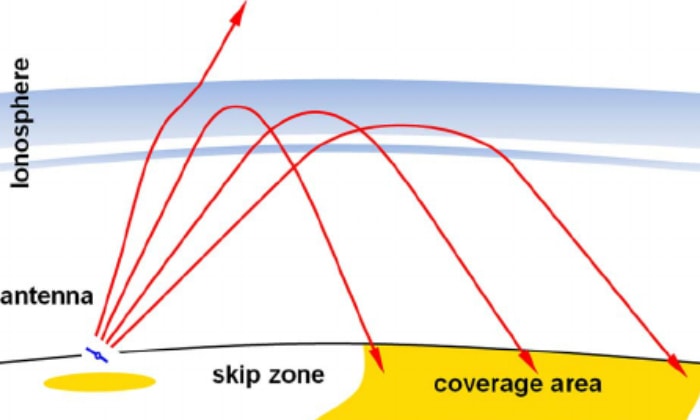
Prior to the relatively recent use of satellites, engineers and operators had to manually tinker with the AM/FM to propagate radio waves. There are two main principles worth noting when it comes to propagating radio waves: familiarity with the ionospheric layer/region and the standard classification of frequency bands.
The ionosphere is divided into three layers. It is important to keep in mind that each of these layers are not concretely delineated, given the dynamic nature of the ionosphere itself.
From the earth’s surface, their altitudes may vary depending on natural factors that affect the ionosphere activity, such as the day, season, and weather. Nevertheless, here is a rough outline for each ionospheric layer:
| Zone | Altitude Range |
| D Layer | 60 or 70 km (37 or 43 miles) – 90 km (56 miles) |
| E Layer | 90 or 100 km (56 or 62 miles) – 120 or 150 km (75 or 93 miles) |
| F Layer | 150 km (93 miles) – 500 km (311 miles) |
The basic rule of thumb when it comes to understanding radio wave frequency is that its intensity is ‘counter-reciprocal’ to its range of communication. Simply put it: high frequency equals short wavelength while low frequency equals long wavelength.
The International Telecommunication Union (ITU) has designated frequency bands by up to eleven sections. Here is a comprehensive table of the following:
| Band | Range | Wavelength (Meters) | Communications Application |
| Extremely low (ELF) | 3 to 30 Hz | 10,000 to 100,000 km | Submarine |
| Super low (SLF) | 30 to 300 Hz | 1,000 to 10,000 km | Submarine |
| Ultra low (ULF) | 300 to 3000 Hz | 100 to 1,000 km | Mining or Military |
| Very low (VLF) | 3 to 30 kHz | 10 to 100 km | Navigation beacons |
| Low (LF) | 30 to 300 kHz | 1 to 10 km | Maritime (ship-to-shore) |
| Medium (MF) | 300 to 3000 kHz | 100 to 1,000 m | AM radio broadcasting |
| High (HF) | 3 to 30 MHz | 10 to 100 m | Aviation (air-to-ground) |
| Very high (VHF) | 30 to 300 MHz | 1 to 10 m | FM radio broadcasting |
| Ultra high (UHF) | 300 to 3000 MHz | 10 to 100 cm | Modern Civilian (TV, WiFi, Walkie-talkie, GPS) |
| Super high (SHF) | 3 to 30 GHz | 1 to 10 cm | Electronic warfare (Radar) |
| Extremely high (EHF) | 30 to 300 GHz | 1 to 10 mm | Astronomy |
Conclusion
You have gone beyond satisfying the basic but detailed answer to the question, “how does the ionosphere affect the range of radio communications?”
Whether one talks about pursuing a career in radio engineering or considering joining a group of avid HAM or CB operators, it pays to look up to the arctic night skies and see the Aurora Borealis.
Coursing through that green-lit nocturnal space is the all-encompassing power that gives voice to all humanity, a hopeful signal carried by the radio waves across the vast ionosphere.

Hello! I am Hart, the content writer and editor here at G0HWC. I used to be in the same local radio club with Howe, and he convinced me to join him in spreading my love for the radio with others. With a background in radio studies, I spend every day crafting accurate, easy to read content on various topics related to owning and using radios. I hope that my content can help you confidently venture in your radio journey!

